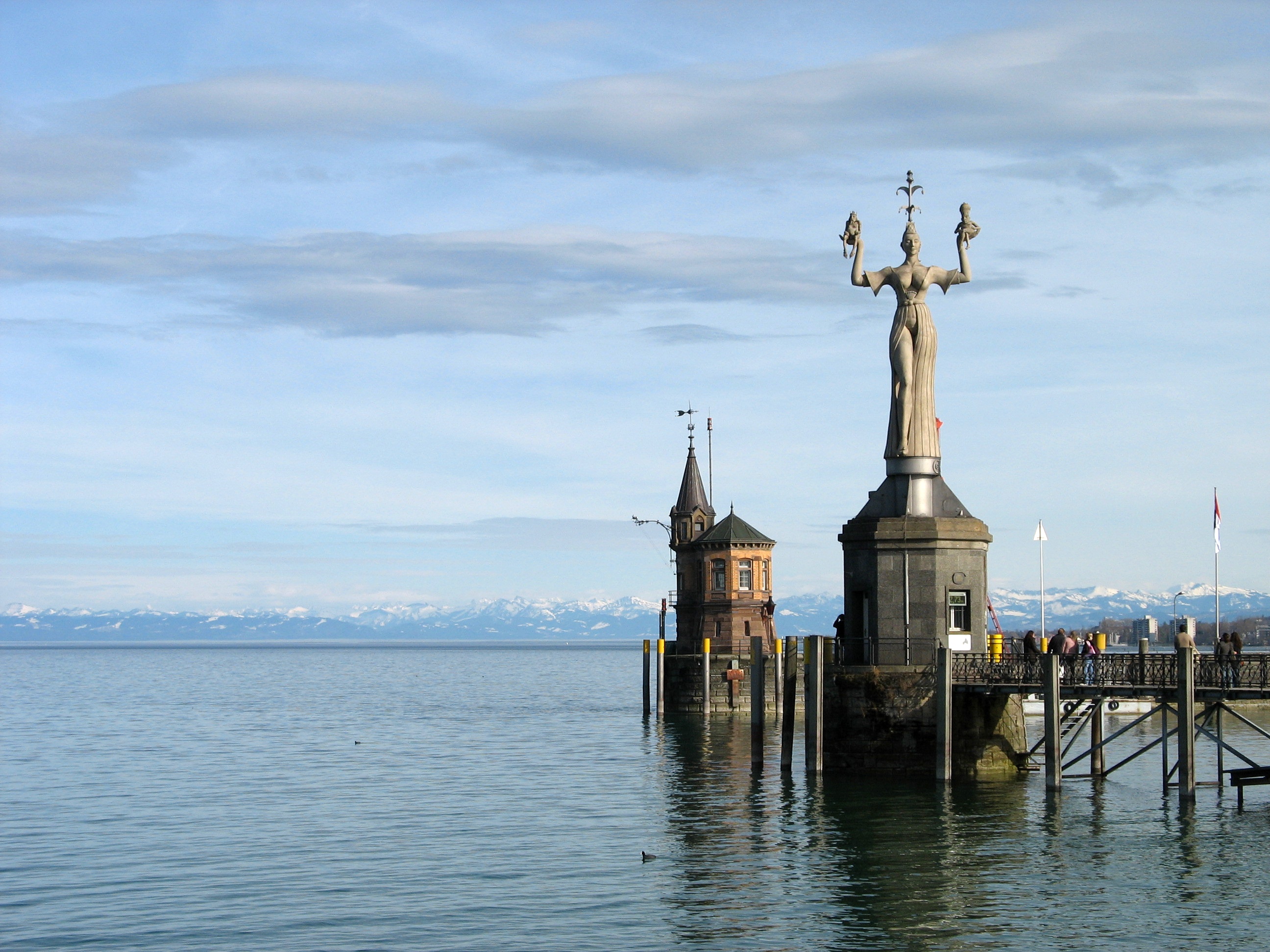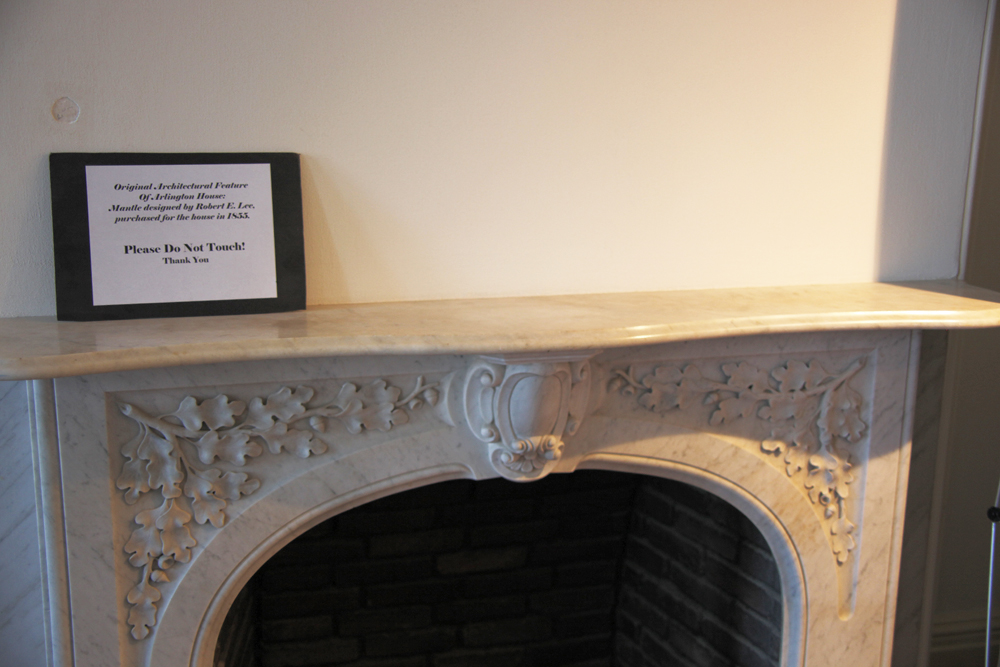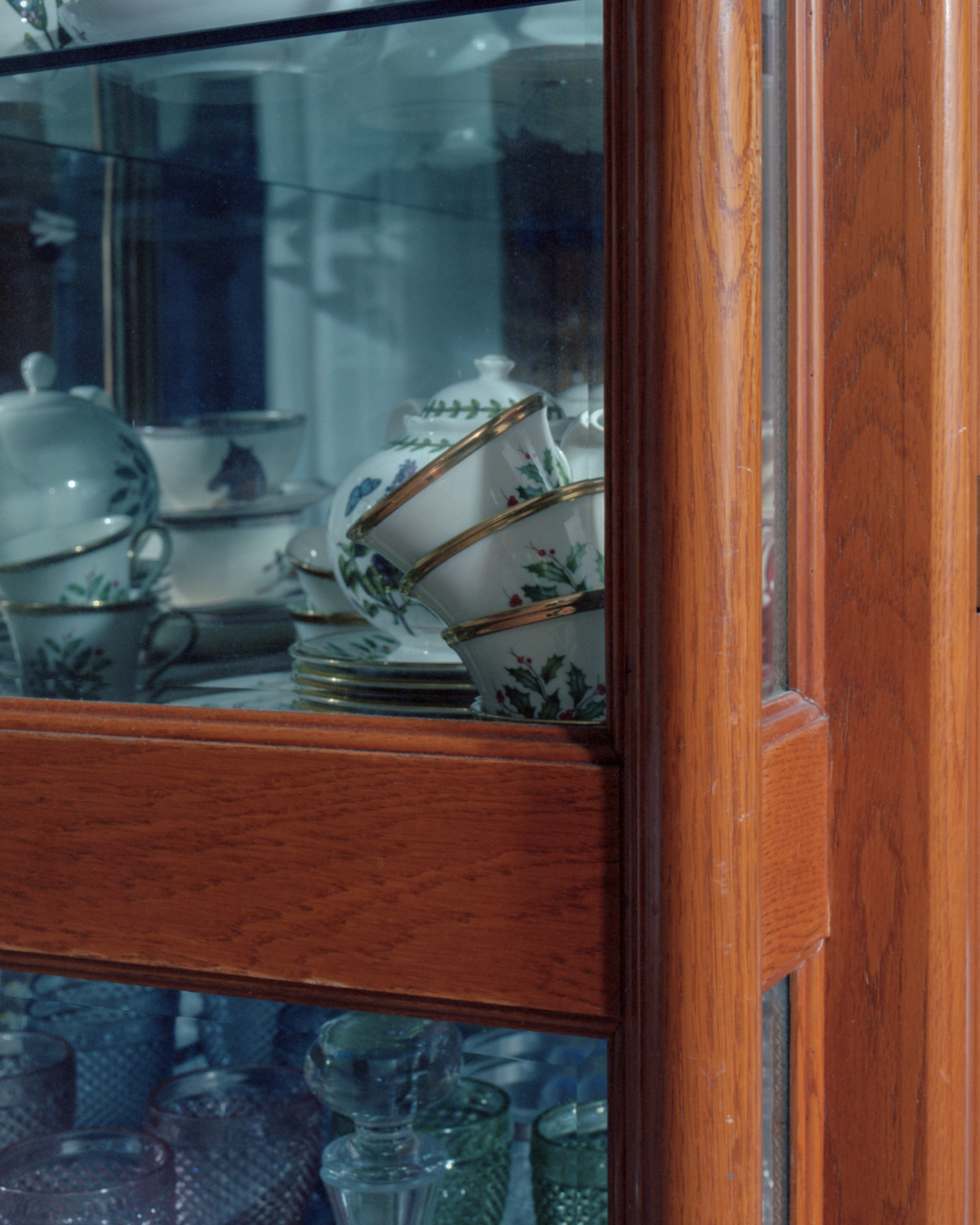|
Marcus Nonnenmacher
Marcus Nonnenmacher (1653–1720) was a cabinet-maker for the Prague royal court. He was born in Constance, the son of a German cabinet-maker he became in 1677 citizen of Prague, where he married into the family of the court cabinet-maker Abraham Stolz. His ''Der architektonische Tischler oder Pragerisches Säulenbuch'', printed in Nuremberg, 1710, is a furniture pattern book which included altars, cartouches, chairs, tables, beds, cradles, overmantels, and cupboards, all in a rich acanthus style. A second edition appeared in 1751. Nonnenmacher died in Prague Prague ( ; ) is the capital and List of cities and towns in the Czech Republic, largest city of the Czech Republic and the historical capital of Bohemia. Prague, located on the Vltava River, has a population of about 1.4 million, while its P .... Pattern Book File:Nonnenmacher1751 42.jpg File:Nonnenmacher1751 30.jpg File:Nonnenmacher1751 33.jpg File:Nonnenmacher1751 36.jpg File:Nonnenmacher1751 37.jpg File ... [...More Info...] [...Related Items...] OR: [Wikipedia] [Google] [Baidu] |
Prague
Prague ( ; ) is the capital and List of cities and towns in the Czech Republic, largest city of the Czech Republic and the historical capital of Bohemia. Prague, located on the Vltava River, has a population of about 1.4 million, while its Prague metropolitan area, metropolitan area is home to approximately 2.3 million people. Prague is a historical city with Romanesque architecture, Romanesque, Czech Gothic architecture, Gothic, Czech Renaissance architecture, Renaissance and Czech Baroque architecture, Baroque architecture. It was the capital of the Kingdom of Bohemia and residence of several Holy Roman Emperors, most notably Charles IV, Holy Roman Emperor, Charles IV (r. 1346–1378) and Rudolf II, Holy Roman Emperor, Rudolf II (r. 1575–1611). It was an important city to the Habsburg monarchy and Austria-Hungary. The city played major roles in the Bohemian Reformation, Bohemian and the Protestant Reformations, the Thirty Years' War and in 20th-century history a ... [...More Info...] [...Related Items...] OR: [Wikipedia] [Google] [Baidu] |
Konstanz
Konstanz ( , , , ), traditionally known as Constance in English, is a college town, university city with approximately 83,000 inhabitants located at the western end of Lake Constance in the Baden-Württemberg state of south Germany. The city houses the University of Konstanz and was the residence of the Roman Catholic Diocese of Konstanz for more than 1,200 years. Location The city is located in the state of Baden-Württemberg and situated at the banks of Lake Constance (''Bodensee'' in German). The river Rhine, which starts in the Swiss Alps, passes through Lake Constance and leaves it, considerably larger, by flowing under a bridge connecting the two parts of the city. North of the river lies the larger part of the city with residential areas, industrial estates, and the University of Konstanz; while south of the river is the old town, which houses the administrative centre and shopping facilities in addition to the ''Hochschule'' or the ''University of Applied Sciences''. C ... [...More Info...] [...Related Items...] OR: [Wikipedia] [Google] [Baidu] |
Nuremberg
Nuremberg (, ; ; in the local East Franconian dialect: ''Nämberch'' ) is the Franconia#Towns and cities, largest city in Franconia, the List of cities in Bavaria by population, second-largest city in the States of Germany, German state of Bavaria, and its 544,414 (2023) inhabitants make it the List of cities in Germany by population, 14th-largest city in Germany. Nuremberg sits on the Pegnitz (river), Pegnitz, which carries the name Regnitz from its confluence with the Rednitz in Fürth onwards (), and on the Rhine–Main–Danube Canal, that connects the North Sea to the Black Sea. Lying in the Bavarian Regierungsbezirk, administrative region of Middle Franconia, it is the largest city and unofficial capital of the entire cultural region of Franconia. The city is surrounded on three sides by the , a large forest, and in the north lies (''garlic land''), an extensive vegetable growing area and cultural landscape. The city forms a continuous conurbation with the neighbouring ... [...More Info...] [...Related Items...] OR: [Wikipedia] [Google] [Baidu] |
Altars
An altar is a table or platform for the presentation of religious offerings, for sacrifices, or for other ritualistic purposes. Altars are found at shrines, temples, churches, and other places of worship. They are used particularly in Christianity, Buddhism, Hinduism, and modern paganism. Many historical-medieval faiths also made use of them, including the Roman, Greek, and Norse religions. Etymology The modern English word ''altar'' was derived from Middle English ''altar'', from Old English '' alter'', taken from Latin ''altare'' ("altar"), probably related to '' adolere'' ("burn"); thus "burning place", influenced by '' altus'' ("high"). It displaced the native Old English word '' wēofod''. Altars in antiquity In antiquity, altars were used for making sacrifices to deities; this could include both libations and animal sacrifice. In Ancient Roman religion, altars were often inscribed with the donor's name and the deity to whom the altar was dedicated. One of the most ... [...More Info...] [...Related Items...] OR: [Wikipedia] [Google] [Baidu] |
Cartouches
file:Birth and Throne cartouches of pharaoh Seti I, from KV17 at the Valley of the Kings, Egypt. Neues Museum.jpg, upalt=A stone face carved with coloured hieroglyphics. Two cartouches - ovoid shapes with hieroglyphics inside - are visible at the bottom., Birth and throne cartouches of Pharaoh Seti I, from KV17 at the Valley of the Kings, Egypt. Neues Museum, Berlin In Egyptian hieroglyphs, a cartouche ( ) is an oval with a line at one end tangent to it, indicating that the text enclosed is a pharaoh, royal name. The first examples of the cartouche are associated with pharaohs at the end of the Third Dynasty of Egypt, Third Dynasty, but the feature did not come into common use until the beginning of the Fourth Dynasty of Egypt, Fourth Dynasty under Pharaoh Sneferu. While the cartouche is usually vertical with a horizontal line, if it makes the name fit better it can be horizontal, with a vertical line at the end (in the direction of reading). The Egyptian language, ancient Egyptia ... [...More Info...] [...Related Items...] OR: [Wikipedia] [Google] [Baidu] |
Cradle (bed)
A cradle is an infant bed which rocks but is non-mobile. It is distinct from a typical bassinet which is a basket-like container on free-standing legs with wheels. A carbonization, carbonized cradle was found in the remains of Herculaneum left from the destruction of the city by the eruption of Mount Vesuvius in 79 CE. The Nahua or Aztec people used cradles, with an Aztec ceramic figure of a child in a cradle dated back to between 1350 and 1521 CE. References Infancy Beds {{Furniture-stub ... [...More Info...] [...Related Items...] OR: [Wikipedia] [Google] [Baidu] |
Fireplace Mantel
The fireplace mantel or mantelpiece, also known as a chimneypiece, originated in medieval times as a hood that projected over a fire grate to catch the smoke. The term has evolved to include the decorative framework around the fireplace, and can include elaborate designs extending to the ceiling. ''Mantelpiece'' is now the general term for the jambs, mantel shelf, and external accessories of a fireplace. For many centuries, the ''chimneypiece'' was the most ornamental and most artistic feature of a room, but as fireplaces have become smaller, and modern methods of heating have been introduced, its artistic as well as its practical significance has lessened. Where the fireplace continues up the wall with an elaborate construction, as in historic grand buildings, this is known as an overmantel.''OED'' first citation, 1882. Mirrors and paintings designed to be hung above a mantel shelf may be called "mantel mirror", "mantel painting" and so on. History Up to the twelfth cent ... [...More Info...] [...Related Items...] OR: [Wikipedia] [Google] [Baidu] |
Cupboards
A cupboard is a piece of furniture for enclosing dishware or grocery items that are stored in a home. The term is sometimes also used for any form of cabinet or enclosed bookcase. It gradually evolved from its original meaning: an open-shelved side table for displaying dishware, more specifically plates, cups and saucers. These open cupboards typically had between one and three display tiers, and at the time, a drawer or multiple drawers fitted to them.Andrews, John (2006) ''British Antique Furniture''. Antique Collectors' Club ; p. 226 Types of cupboards Airing cupboard An airing cupboard (or hot press) is a built-in storage space, sometimes of walk-in dimensions, containing a water heater, either an immersion heater for hot running water or a boiler for central heating water (hence, also "boiler cupboard"), or a hot water storage tank. Shelves, usually slatted to allow for circulation of heat, are positioned above or around the heater to provide room for clothing. The purpo ... [...More Info...] [...Related Items...] OR: [Wikipedia] [Google] [Baidu] |
Acanthus (ornament)
The acanthus () is one of the most common plant forms to make foliage ornament and decoration in the architectural tradition emanating from Greece and Rome. Architecture In architecture, an ornament (art), ornament may be carved into stone or wood to resemble leaves from the Mediterranean species of the ''Acanthus (plant), Acanthus'' genus of plants, which have deeply cut leaves with some similarity to those of the thistle and poppy. Both ''Acanthus mollis'' and the still more deeply cut ''Acanthus spinosus'' have been claimed as the main model, and particular examples of the motif may be closer in form to one or the other species; the leaves of both are, in any case, rather variable in form. The motif is found in decoration in nearly every medium. The relationship between acanthus ornament and the acanthus plant has been the subject of a long-standing controversy. Alois Riegl argued in his ''Stilfragen'' that acanthus ornament originated as a sculptural version of the palmette, ... [...More Info...] [...Related Items...] OR: [Wikipedia] [Google] [Baidu] |
1653 Births
Events January–March * January 3 – By the Coonan Cross Oath, the Eastern Church in India cuts itself off from colonial Portuguese tutelage. * January – The Swiss Peasant War begins after magistrates meeting at Lucerne refuse to hear from a group of peasants who have been financially hurt by the devaluation of the currency issued from Bern. * February 2 – New Amsterdam (now New York City) received municipal rights by a charter from New Netherland Governor Peter Stuyvesant. * February 3 – Cardinal Mazarin returns to Paris from exile. * February 10 – Swiss peasant war of 1653: Peasants from the Entlebuch valley in Switzerland assemble at Heiligkreuz to organize a plan to suspend all tax payments to the authorities in the canton of Lucerne, after having been snubbed at a magisterial meeting in Lucerne. More communities in the canton join in an alliance concluded at Wolhusen on February 26. * February – The Morning Star Rebel ... [...More Info...] [...Related Items...] OR: [Wikipedia] [Google] [Baidu] |
1720 Deaths
Events January–March * January 21 – Sweden and Prussia sign the Treaty of Stockholm (Great Northern War). * February 10 – Edmond Halley is appointed as Astronomer Royal for England. * February 17 – The Treaty of The Hague is signed between Spain, Britain, France, Austria and the Dutch Republic, ending the War of the Quadruple Alliance with effect from May 20. * February 24 – Battle of Nassau: Spanish forces assault the British settlement of Nassau, Bahamas at the end of the War of the Quadruple Alliance. * March 11 (February 29 Old Style) – Queen Ulrika Eleonora of Sweden resigns, to let her husband Frederick I take over as king of Sweden. She had desired a joint rule, in a similar manner to William III and Mary II in Britain, but as the Swedish Riksdag of the Estates refuses this, she abdicates in her husband's favour instead. April–June * April 4 – The Riksdag of the Estates elects Frederick I new King of Sweden ... [...More Info...] [...Related Items...] OR: [Wikipedia] [Google] [Baidu] |
17th-century Artisans From The Holy Roman Empire
The 17th century lasted from January 1, 1601 (represented by the Roman numerals MDCI), to December 31, 1700 (MDCC). It falls into the early modern period of Europe and in that continent (whose impact on the world was increasing) was characterized by the Baroque cultural movement, the latter part of the Spanish Golden Age, the Dutch Golden Age, the French ''Grand Siècle'' dominated by Louis XIV, the Scientific Revolution, the world's first public company and megacorporation known as the Dutch East India Company, and according to some historians, the General Crisis. From the mid-17th century, European politics were increasingly dominated by the Kingdom of France of Louis XIV, where royal power was solidified domestically in the civil war of the Fronde. The semi-feudal territorial French nobility was weakened and subjugated to the power of an absolute monarchy through the reinvention of the Palace of Versailles from a hunting lodge to a gilded prison, in which a greatly expanded ro ... [...More Info...] [...Related Items...] OR: [Wikipedia] [Google] [Baidu] |








